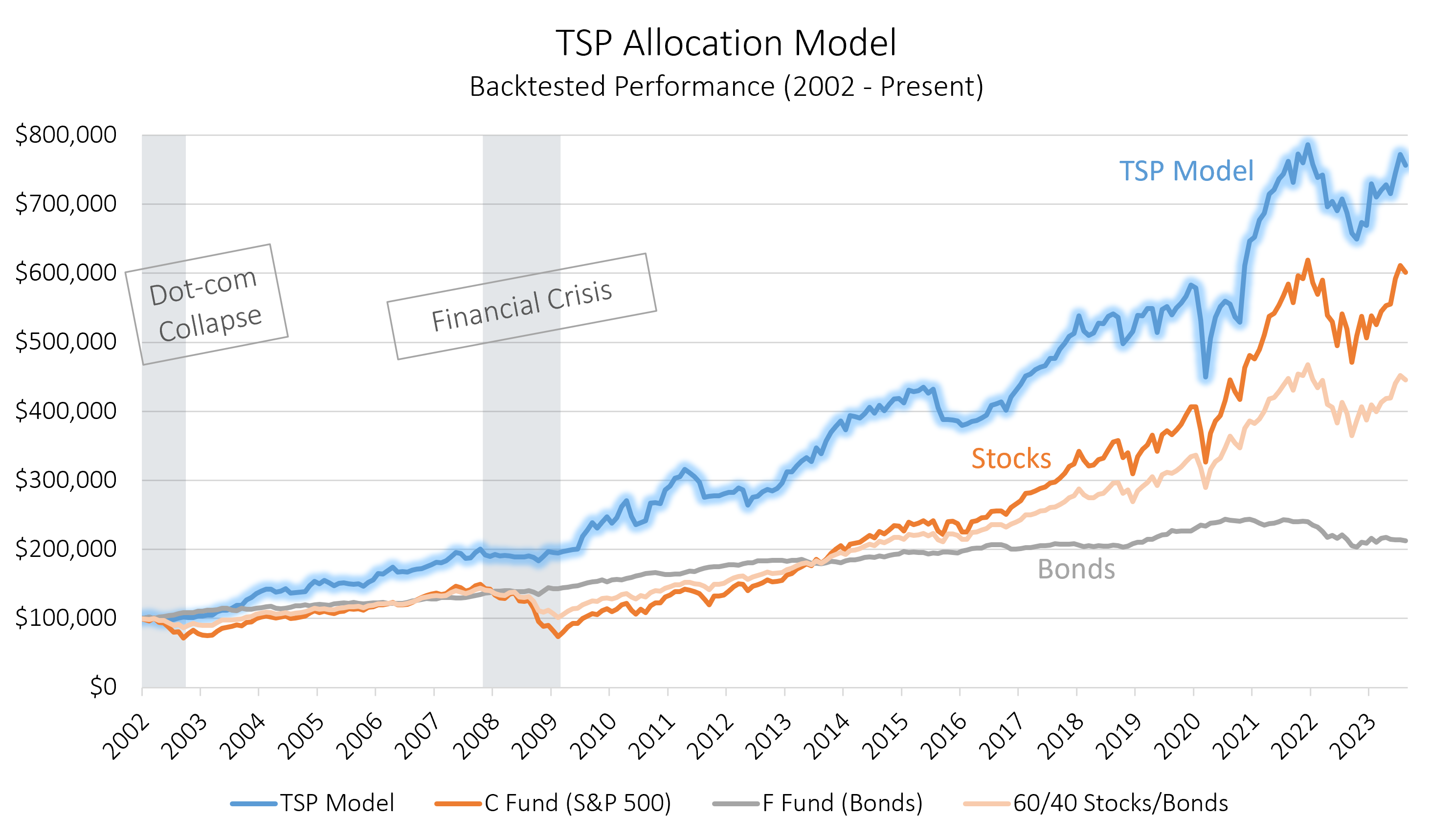Home>Finance>What Are The Pros And Cons Of U.S. Savings Bonds


Finance
What Are The Pros And Cons Of U.S. Savings Bonds
Published: January 16, 2024
Discover the advantages and disadvantages of U.S. Savings Bonds in the realm of finance. Learn how they can bolster your financial portfolio and the potential drawbacks to consider.
(Many of the links in this article redirect to a specific reviewed product. Your purchase of these products through affiliate links helps to generate commission for LiveWell, at no extra cost. Learn more)
Introduction
U.S. Savings Bonds have long been a popular investment option for individuals looking for a secure and low-risk way to grow their savings. Issued by the U.S. Department of the Treasury, these bonds are backed by the full faith and credit of the United States government. They offer a reliable avenue for both short-term and long-term savings goals.
Investing in U.S. Savings Bonds comes with its own set of advantages and disadvantages that potential investors should carefully consider. In this article, we will explore the pros and cons of investing in U.S. Savings Bonds to help you make an informed decision.
It is important to note that U.S. Savings Bonds are a conservative investment option suitable for individuals who prioritize stability over potential high returns. They are primarily designed to provide a safe and accessible way for individuals to save money and protect the purchasing power of their savings from the impact of inflation.
Before we dive into the pros and cons, let’s take a closer look at how U.S. Savings Bonds work. These bonds can be purchased directly from the U.S. Department of the Treasury either as paper bonds or through an online account on the TreasuryDirect website. They are available in two types, Series EE and Series I, each with its own unique features. Series EE bonds earn a fixed interest rate over a 30-year term, while Series I bonds earn a combination of a fixed rate and an inflation rate.
Now that we have an overview of U.S. Savings Bonds, let’s explore the advantages and disadvantages of investing in them.
Pros of U.S. Savings Bonds
Investing in U.S. Savings Bonds offers several benefits that make them an attractive option for many individuals:
- Security: One of the greatest advantages of U.S. Savings Bonds is their unparalleled level of security. These bonds are backed by the U.S. government, which means that the risk of default is virtually non-existent. Regardless of market conditions, you can have peace of mind knowing that your investment is safe and secure.
- Low-risk Investment: U.S. Savings Bonds are considered low-risk investments since they are guaranteed by the U.S. government. This makes them an ideal choice for conservative investors who prioritize capital preservation over high returns. Whether you’re saving for an emergency fund or a future expense, U.S. Savings Bonds provide a stable investment option.
- Tax Advantages: Another benefit of U.S. Savings Bonds is their tax advantages. The interest earned on these bonds is exempt from state and local income taxes, making them an attractive option for individuals looking to minimize their tax liability. While federal taxes still apply, you have the option to defer paying taxes until you redeem the bonds, providing a potential tax planning advantage.
- Inflation Protection: Series I bonds, in particular, provide a built-in protection against inflation. These bonds earn a combination of a fixed interest rate and an inflation rate, meaning your investment keeps pace with the rising cost of living. This feature can help safeguard the purchasing power of your savings over time, making U.S. Savings Bonds a valuable tool for long-term financial planning.
- Flexibility: U.S. Savings Bonds come with flexible terms, allowing you to choose the investment duration that suits your needs. Whether you’re saving for a short-term goal or a long-term plan, you can select the appropriate bond series and maturity date. This flexibility makes U.S. Savings Bonds a versatile investment option for various financial goals.
- Accessibility: Purchasing U.S. Savings Bonds is easy and accessible. You can buy them directly from the U.S. Department of the Treasury through their online portal, TreasuryDirect, or through your employer’s payroll savings plan. This accessibility makes it convenient to start investing in U.S. Savings Bonds and track your investments through an online account.
These advantages make U.S. Savings Bonds a compelling investment choice for risk-averse individuals looking for a secure and stable way to grow their savings. However, it is essential to consider the potential drawbacks of U.S. Savings Bonds before making any investment decisions.
Cons of U.S. Savings Bonds
While U.S. Savings Bonds offer numerous benefits, there are some drawbacks to consider before investing:
- Low Returns: One of the primary disadvantages of U.S. Savings Bonds is their relatively low returns compared to other investment options. The interest rates on these bonds are typically lower than what you could potentially earn through stocks, mutual funds, or other higher-risk investments. If your goal is to maximize your investment returns, U.S. Savings Bonds may not be the most lucrative option.
- Fixed Interest Rates: Series EE bonds, in particular, have fixed interest rates that are set at the time of purchase. This means that if interest rates rise in the economy, you will be locked into a lower rate for the entire duration of the bond. This lack of flexibility can be a drawback if you believe that interest rates will increase significantly in the future.
- Inflation Risk: While Series I bonds offer some protection against inflation, it is important to note that they may not keep pace with inflation during certain periods. The inflation rate applied to these bonds is calculated based on changes in the Consumer Price Index (CPI), which may not fully capture the rising cost of specific goods or services that you may personally consume. This could result in a diminished purchasing power over time.
- Liquidity Limitations: U.S. Savings Bonds have a minimum holding period of one year, which means you cannot redeem them before this period without incurring a penalty. Additionally, if you redeem the bonds within the first five years, you will forfeit the most recent three months of interest. This lack of liquidity may not be suitable for individuals who anticipate needing quick access to their funds.
- Tax Implications: While U.S. Savings Bonds offer tax advantages, it is important to consider that the interest income is subject to federal taxes when you redeem the bonds. Depending on your tax bracket and individual circumstances, this could result in a higher tax liability than expected. It is essential to consult with a tax professional to understand the implications and plan accordingly.
- Opportunity Cost: Another aspect to consider is the opportunity cost of investing in U.S. Savings Bonds. If you have a long-term investment horizon and can tolerate higher risk, you may potentially miss out on higher returns from other investment opportunities, such as stocks or real estate. It is important to evaluate your risk tolerance and long-term goals before committing to U.S. Savings Bonds.
Considering these drawbacks, it is crucial to weigh the pros and cons of U.S. Savings Bonds and align them with your investment objectives and risk tolerance. If you prioritize stability, security, and predictable returns over higher-risk investments, U.S. Savings Bonds can be a valuable addition to your investment portfolio.
Conclusion
U.S. Savings Bonds offer a safe, secure, and accessible investment option for individuals looking to grow their savings with minimal risk. They provide several benefits, including security, low-risk, tax advantages, inflation protection, flexibility, and accessibility.
However, it is important to consider the drawbacks of U.S. Savings Bonds, such as lower returns compared to other investment options, fixed interest rates, inflation risk, limited liquidity, tax implications, and opportunity cost.
Ultimately, the decision to invest in U.S. Savings Bonds depends on your individual financial goals, risk tolerance, and investment strategy. If you value stability, capital preservation, and predictability over potentially higher returns, U.S. Savings Bonds can be a suitable choice. They can be particularly useful for short-term savings goals, as well as for diversifying a portfolio with low-risk assets.
However, if you have a long-term investment horizon, are willing to accept higher risk, and prioritize maximizing returns, you may want to explore other investment avenues that offer greater potential for growth.
Before making any investment decisions, it is always advisable to consult with a financial advisor who can provide personalized guidance based on your specific circumstances and goals.
Remember, investing is a personal journey, and understanding the pros and cons of various investment options is crucial to building a strong and diversified portfolio that aligns with your financial aspirations.














